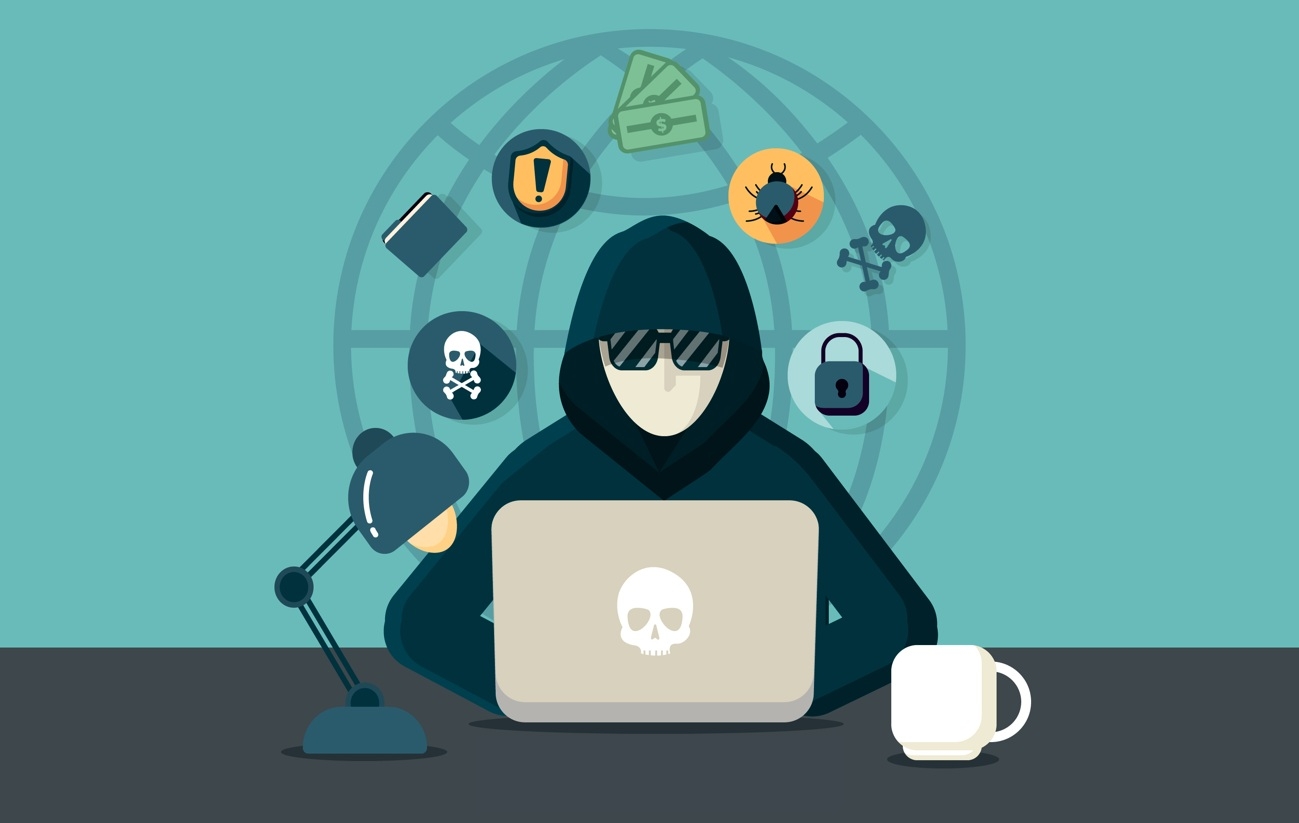Malware
This first part will define malware, explain its origin as well as its evolution over the years, and give instructions on how to protect yourself and detect an attack.
Definition and Context
Malicious software or malware is software designed intentionally to disrupt a computer, server, client or computer network, disclose private information, gain unauthorized access to information or systems, deprive users of access to information or which, without its knowledge, undermines the IT security and privacy of the user.
Definition: MICROSOFT

Hostile, intrusive and intentionally malicious, malware seeks to invade, damage or disable computers, IT systems, networks, tablets and mobile devices, often by taking partial control of a device's operations. Like the human flu, it interferes with normal functioning.
Last updated